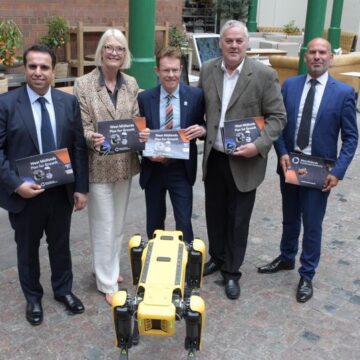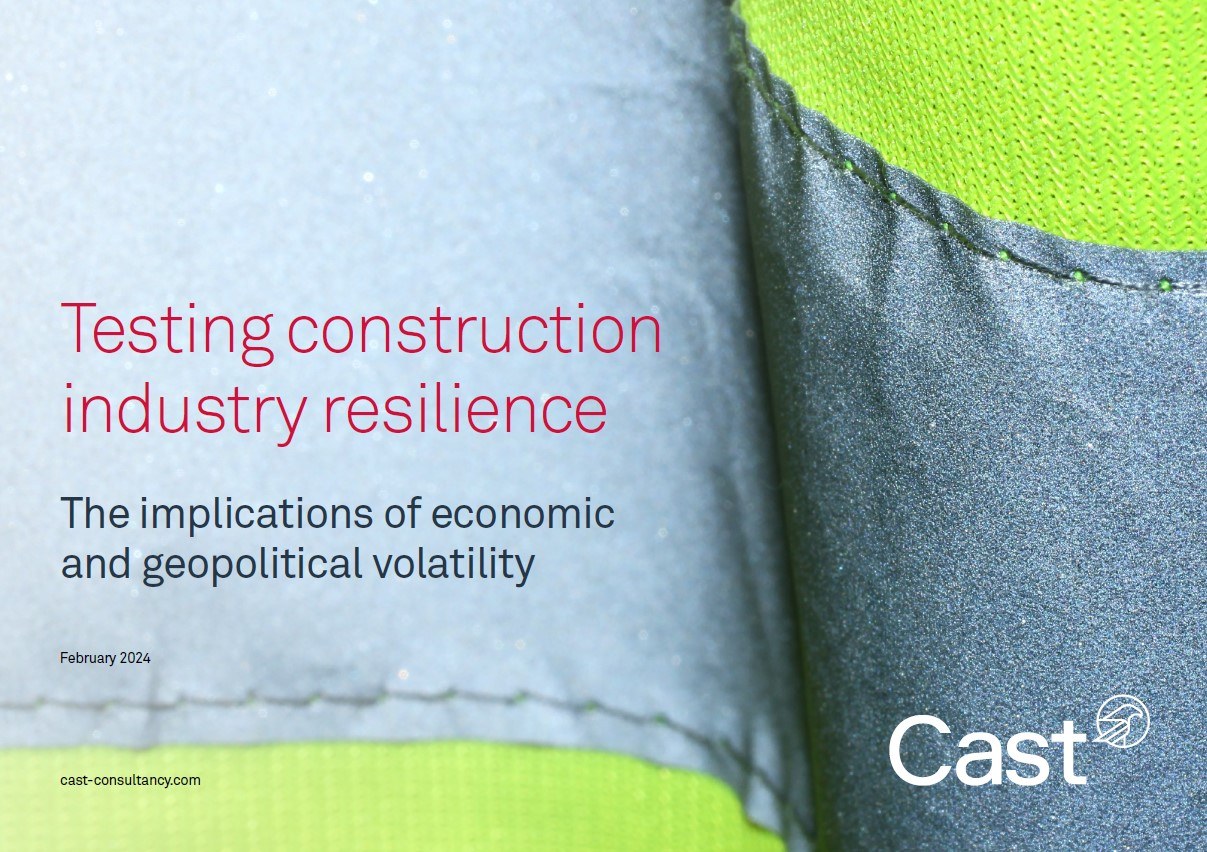In 1971 the architect and housing writer Martin Pawley was invited to Chile by President Salvador Allende, to advise the socialist government on increasing the delivery of low-cost housing. Pawley believed that a command economy could deliver the sort of industrial focus to construction that the UK had struggled with. He located a redundant Renault van factory, and designed homes that could be made out of pressed steel panels.
The project was delayed, as the Chileans discovered that housing delivery was more complex than churning out cars. Then Allende died in a CIA backed coup d’etat, and the experiment was shut down.
Pawley was part of a generation of architects who believed that the future of construction lay in the factory. His views were shared by others who are now leaders of the profession like Norman Foster, Richard Rogers, Nicholas Grimshaw and Michael Hopkins. But apart from a few modular hotel rooms, bathroom pods and poorly-designed classrooms, construction has remained stubbornly out in the open air instead of in the factory.
Until now.
Much of the credit for a change of heart at Westminster and City Hall must go to the hardhitting report Modernise or Die by Mark Farmer, commissioned by the government’s Construction Leadership Council and published in 2016. Farmer highlighted the problems that will be created by Brexit: 27 per cent of London’s construction workforce comes from the EU; on some major sites that rises to over 50 per cent. In skilled areas, like office fit-outs, British workers may only make up 10 per cent of the workforce. Farmer showed how, even without Brexit, the UK-born workforce was getting older and how difficult it is to recruit younger workers into the industry.
For a government promising to deliver 1m new homes by 2020 and another £500,000 two years later, this was not good news. The Department of Communities & Local Government was renamed the Ministry of Housing, Communities & Local Government, and ministers embraced offsite manufacturing as a drowning sailor would a passing life raft.
The London Assembly also got in on the act by publishing Designed, sealed, delivered: the contribution of offsite manufactured homes to solving London’s housing crisis in August 2017. This urged the mayor to adopt a ‘Manufactured Housing Design Code’ that would generate a ‘component standardisation “catalogue” approach that can then be configured in multiple combinations as part of a project-specific design response’.
The Mayoral Housing Strategy (2018) encourages greater “precision manufacturing” to increase the speed of delivery. This is supposed to have the additional benefit of improving quality control of the end product while reducing the impact of the construction process and related transportation issues.
Deputy Mayor for Housing James Murray has little choice but to embrace the new technologies. He has a target of 65,000 homes per annum, but Farmer reckons that we are already at almost ‘peak build’ – that the industry just cannot currently deliver more than 45,000 homes a year without a radical overhaul of its methods of construction.
The fact that the deputy mayor uses different terminology to everyone else doesn’t help. ‘Precision manufacturing’ is just one of a myriad of descriptions – there’s also Industrialised Building Systems, Modular Construction, Modern Methods of Construction (or MMC), Offsite Construction and Design for Manufacture and Assembly (DfMA), with lots of subset like volumetric, open panel systems, closed panel systems and component assembly.
For New London Architecture’s research and exhibition on the subject we decided to use the term ‘Factory-Made Housing’ – but with hindsight, I wish we’d called it ‘Prefabrication’. That’s what it is and I am suspicious of euphemisms. To politicians, prefab is a toxic word recalling memories of the failure of post-war estates. At a recent NLA conference, James Murray said: “There should be a swear box for anyone who uses that word!” In the United States, perhaps unaffected by our post-war experiences, prefabs are popular. Facebook is building 1500 prefab units for workers next to their Menlo Park HQ, Amazon is developing Alexa-enabled prefabs and Google are seeking manufacturers for prefabs to house their workers on a new campus in San Jose.
According to Mark Farmer, the evolution of technology will “change the construction industry forever”. The connection between tech and construction that is happening on the West Coast will inevitably disrupt the traditional industry, breaking down traditional professional barriers and creating vertically integrated supply chains. An example of the coming disruptors is Katerra which has raised over $1bn to fund a building technology that links standardisation with customisation.
Prefabrication will bring in its wake radical changes to the antiquated construction industry. The end of professional silos and greater collaboration have long been called for in the Latham Report of 1994, the Egan Report of 1998 and the Edge Report of 2014. But it looks like Mark Farmer with a bit of help from Brexit – as well as the Grenfell inquiry – might actually make it happen.










